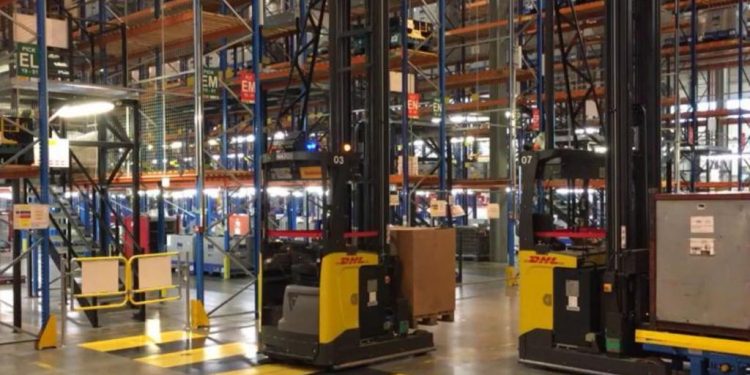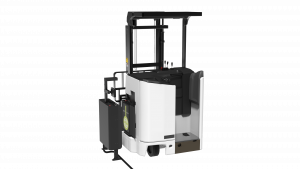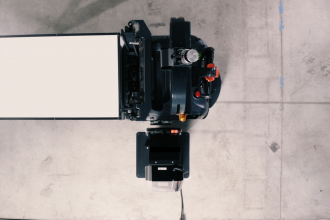ROI of Energy Sources: Automation

By combining modern automated equipment with modern power sources, you can drive warehousing efficiencies.
The ecommerce boom that exploded during the pandemic is showing no signs of slowing, and along with it, warehouses remain hubs of activity. The pressures to increase output and improve productivity are higher than ever, as a result. Unfortunately, the nation is also suffering a massive labor shortage, especially for positions that require manual labor. For warehousing, that means an increasing dependence on automated solutions.

There are many types of solutions available, but some of the most common include automated storage and retrieval systems (ASRS), conveyors, autonomous mobile robots (AMRs) and automated guided vehicles (AGVs). These piggyback on modern, efficient lift trucks, as well. In all cases where batteries are involved, you can achieve a quicker return on your investment if you power your modern automation with a modern battery solution.
Lithium ion batteries are an option that can assist in delivering a rapid ROI, particularly if you are aiming to operate in a three-shift, around-the-clock fashion. In a case like that, having the ability to keep your vehicles in motion with almost no downtime for charging can markedly drive up productivity. Li-ion batteries are also very low maintenance and feature a higher energy density than lead acid options, all together delivering increased output.
Charging, in particular, is one way to take advantage of modern batteries for top productivity with your automation. If you’re using AGVs, for instance, to obtain a full charge your automation will sit idle for an hour. Alternatively, you can try opportunity charging, which means delivering smaller charges in shorter increments. Say you have a shift change—you’ll have a short window of time when no one will be operating the AGV, so it can be ideal to give your batteries a partial charge, one that will allow for enough power to last until the next shift, and the next opportunity to charge.
There’s also automated charging, which today can look like wireless charging. When using automated charging, AGVs can take advantage of existing breaks in demand, which don’t always align with operator breaks. Vehicles can be charged when they’re not in use, which allows maximization of productivity when needed. This type of charging can be paired with a variety of different batteries, voltages and vehicle types, but li-ion is particularly well suited to it.
What you’re after is reduced downtime, which can be the game changer in maximizing your automation ROI. Many large 3PLs and retail distribution companies are finessing their battery types and approaches to charging, resulting in less downtime and more productivity.
When you combine automation and effective charge management of advanced power solutions, you can reach a state of optimization in your warehouse. You’ll pay less for labor, equipment, and maintenance, and at the same time, move to a cleaner, greener solution. In the end, you’ll also achieve a faster return on your investment.
Source: Andrea Meister, Resonant Link
For more information about the Advanced Energy Council: mhi.org/aec
For further articles from the Advanced Energy Council:
Advanced Energy Solutions Deliver ROI
Achieving ROI with Advanced Power Sources
Advanced Power ROI: Efficiency



